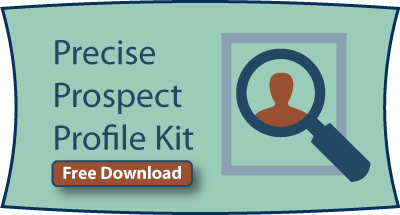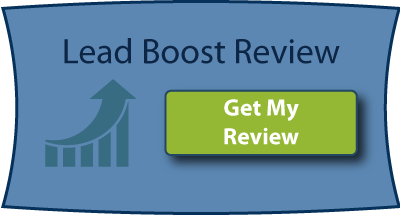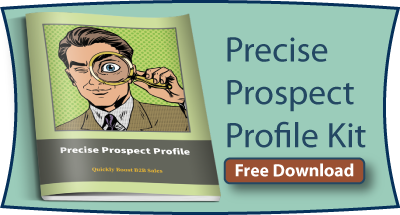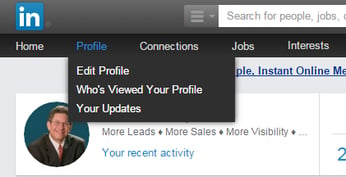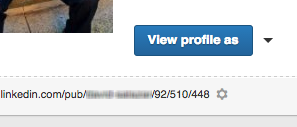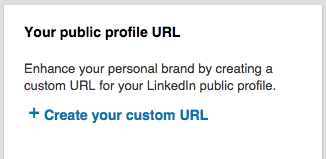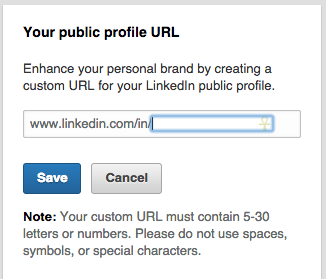Smart copywriters will tell you the headline is the most important part of an article, because if it falls short, no one will read your content. We know headline-writing is crucial, but why do some headlines fail, while others go viral?
Today, I’m going to pull back the curtains and reveal a process for creating headlines that entice visitors to click and read your content. Not only that, but you will get exact, plug-n-play formulas for creating headlines that are proven to get results.
Let’s get started.
What is The Ultimate Purpose of The Headline?
Whether it’s an article, an ad, or a sales page, the headline has a distinct purpose--to get the first sentence read. And the purpose of the first sentence is to get the second sentence read, then the third, and the fourth; all the way to the end of the article or sales page.
But it starts with the headline, so the better the headline, the more people will read the article. Not only that, but the headline shows up on social media and search engines, so its effects extend much further than just your website.
So when writing headlines, keep in mind that you’re trying to get people to read the first sentence.
How to Master the Subtle Art of Headline Writing
Mastery of any skill takes one thing--practice. Those who achieve mastery deserve it because of the amount of blood, sweat, and tears they put into practicing that skill.
The same is true of writing enticing headlines, as our president, Clarke Bishop, discusses in this video on effective headline writing:
At Inbound Team, we suggest coming up with 10-20 headlines per article before picking a winner. This ensures that you have gone through enough permutations of the headline to pick the best one.
If you publish 5 articles per month and come up with 20 headlines for each one, you’re already practicing 100 headlines a month (or 1,200 a year). At that level, you’re well on your way to headline mastery, but here’s the kicker:
As your headlines improve, you’ll see concrete changes in how people interact with your articles — in the form of clicks, social shares, and traffic. That’s where the true fruits of your labor lie.
A Sneaky Trick to Write Viral Headlines
The importance of headline writing is relatively new to the blogging and inbound marketing world. However, it has been vital to the success of newspapers and magazines for as long as they have been around.
In all those years, they’ve gotten pretty good at writing headlines for articles that go viral. So what we’re going to do is mimic them.
Here’s how:
Head over to a popular magazine or online newspaper. How about BuzzFeed?
Here are a few headlines from the home page:
Let’s see if we can make some viral marketing headlines out of these.
BuzzFeed:
13 Times We Wished Computer Shortcuts Existed in Real Life
Inbound Team:
13 Times You Wished People Clicked Your Headlines
BuzzFeed:
9 Bizarrely Specific Myths That Every Culture Seems to Have
Inbound Team:
9 Bizarre Marketing Myths Everyone Seems to Believe
BuzzFeed:
23 Things You Never Noticed in “Zoolander”
Inbound Team:
23 Things You Never Noticed About Blogging
I can see the social shares pouring in now. That’s how you can create powerful headlines by simply piggy-backing off the publications that have been creating these forever.
Now, let’s break down some headline formulas, so all you have to do is plug in your subject matter and you’re good to go.
7 Proven Headline Formulas That Work
1. 7 Proven [BLANKS] That Work
Everyone wants proven strategies that actually work. If you’ve got case studies and evidence to back up your claims, this is a great headline formula.
2. How to [BENEFIT] and [BENEFIT]
“How to Win Friends and Influence People”
That book, by Dale Carnegie, has sold 15 million copies since 1936 and is one of the best-selling self-help books — ever.
One of the reasons why? If I had to guess, I would say it’s because he combined a “How to” headline with two benefits that almost everyone in the world wants to achieve:
-
Make friends
-
Influence people
Simple yet powerful.
3. The Secret of [BLANK]
Everyone wants to know secrets. They involve hidden treasures that in business, can help you get a leg up on your competitors.
If you have a relatively unknown tactic or strategy to share, this headline could help it go viral.
4. The List Post
“15 Reasons Why Kale is Good For You”
“8 Ways to Cure a Hangover (Without Taking Pills)”
“32 Smart Inbound Marketing Strategies Your Competitors Aren’t Using”
List posts are great because they provide the reader a specific number of items they’re going to read. This prepares them for the length of the article before they even click it.
They might also click just because they’re curious about what each item is. List posts are, and always will be, effective pieces of content.
5. [DESIRED OUTCOME]: Get [BENEFIT] in [TIME PERIOD]
“More Customers: Get 20 Prospects Knocking on Your Door in 2 Days”
“Lose Weight: Shave Off 10 Pounds in 1 Week”
People want a specific benefit in a specific time period. This headline delivers both.
6. Why [BLANK] is [BLANK]
“Why Inbound Marketing is So Effective”
“Why Playing Basketball Makes You Taller (On Average)”
If you have something interesting to say, the “Why” headline is one of the best ways to get people to read it.
7. Announcing…
“Announcing a New Product That Reverses Wrinkles and Smoothes Skin”
“Announcing The Best Thing in SEO: No More Google Penalties”
People are naturally attracted to novelty and news. If you’ve just launched a new product or service, this headline will help you get it in front of people’s eyes.
Just make sure not to say “Announcing [PRODUCT NAME]” but rather “Announcing [PRODUCT BENEFIT]”.
Wrapping It Up
There you have it!
You know that the purpose of the headline is to get the first sentence read. You also know that practice will help you master headline writing, and that you can use news sites and magazines to help you come up with viral headline ideas.
Finally, you’ve got 7 proven headline formulas to use whenever you get stuck. You’re on your way to writing enticing headlines that attract readers, get clicked, and get shared on social media.
Takeaways
- The ultimate purpose of a headline is to get the first sentence read.
- To write viral headlines, head over to online magazines or newspapers and use their headlines as templates.
- When you're stuck, use headline formulas that are already proven to be effective.




